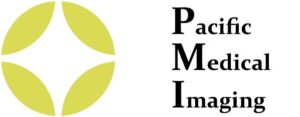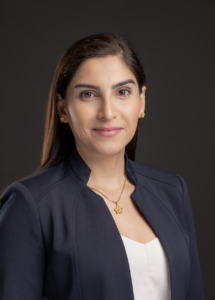Access Menu
CAIR WIR Spotlight - Dr. Aida Ahrari
CAIR WIR Spotlight - Dr. Fiona Anyumba
CAIR WIR Spotlight - Dr. Alda Tam
Call for CAIR Award 2024 Nominations
Combined Interventional/Body Radiologist – Hamilton General Site, ON
Interventional Radiologist – Hamilton General Site, ON
CAIR WIR Spotlight - Dr. Adela Cora
CAIR WIR Spotlight - Dr. Luhe (Lotus) Yang
Please just hear me out! I know it is annoying, but I am back to make another plug for the Royal College Exam in Interventional Radiology. I realize no one enjoys exams, and specifically paying lots of money to take an exam that they are unsure or unclear of the benefit. I get it. But in case you have been thinking about it I wanted to encourage you to consider it.
Here is what Dr. Stephen Ho, Chair of the Specialty Committee in Interventional Radiology at the Royal College of Physicians and Surgeons of Canada wants us all to know about the potential impact of this exam.
“I believe that the future of Interventional Radiology in Canada is in our hands to shape and guide. By obtaining certification, we are committing to excellence and taking IR to the next level. Having Royal College certification identifies us as experts, for the benefit of our patients and for contributing to advancement in our field. I would like to encourage all practicing IRs in Canada to take this opportunity and show our merit!”
The next exam will be Wednesday September 27, 2023, though if you haven’t registered already you will need to get your registration for the Fall 2024 exam submitted by August 31, 2023. Please enjoy this link to the Royal College information page for the Interventional Radiology exam and consider signing up.
By obtaining certification, we are committing to excellence and taking IR to the next level. Having Royal College certification identifies us as experts, for the benefit of our patients and for contributing to advancement in our field.
Pacific Medical Imaging (PMI) is seeking a full time Interventional Radiologist. PMI is a dynamic, 22-member Radiology Practice that services a tertiary care hospital (Royal Columbian Hospital),
Francine Heelan is a PGY3 resident in Radiology at Dalhousie. Francine's research in the gender discrepancy in IR within Canada was recently selected for an oral presentation at the SIR conference in March.
François discovered IR as a medical student at Laval University, while attending an information cocktail organized by the CAIR. After two elective rotations in vascular and non-vascular IR, he decided to do his residency in Radiology with the goal of pursuing a career in IR.
The Department of Medical Imaging, Division of Diagnostic Radiology, Schulich School of Medicine & Dentistry, at Western University, St. Joseph’s Health Care and London Health Sciences Centre is seeking a Vascular and Interventional Radiologist for a full-time clinical academic appointment to Western University.
The Department of Medical Imaging, Division of Diagnostic Radiology, Schulich School of Medicine & Dentistry, at Western University, London Health Sciences Centre and St. Joseph’s Health Care is seeking a Vascular and Interventional Radiologist for a full-time clinical academic appointment to Western University. Rank (Assistant, Associate or Full Professor) and appointment status (limited term or continuing) will be determined by experience and qualifications at the time of appointment.
Excellent opportunity for an Interventional Radiologist seeking a broad-scope practice to join our collaborative and growing team at Royal Inland Hospital.
Are you a medical student, resident, or fellow and thinking of submitting a case for the RFS Virtual Angio club but are unsure where to start?
Dr. Aida Ahrari is a second-year radiology resident at the University of Toronto. She completed her undergraduate degree at the University of Ottawa, and MD-MSc at the University of Toronto. In her role as a member of the CAIR-RFS committee, Aida is involved in organizing a variety of educational opportunities for trainees interested in the field of interventional radiology.
CAIR Express - your Canadian Interventional Radiology newsletter at your fingertips. Feel free to pass it along to others in your network, and most importantly, enjoy the content that is developed with you in mind.








